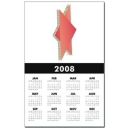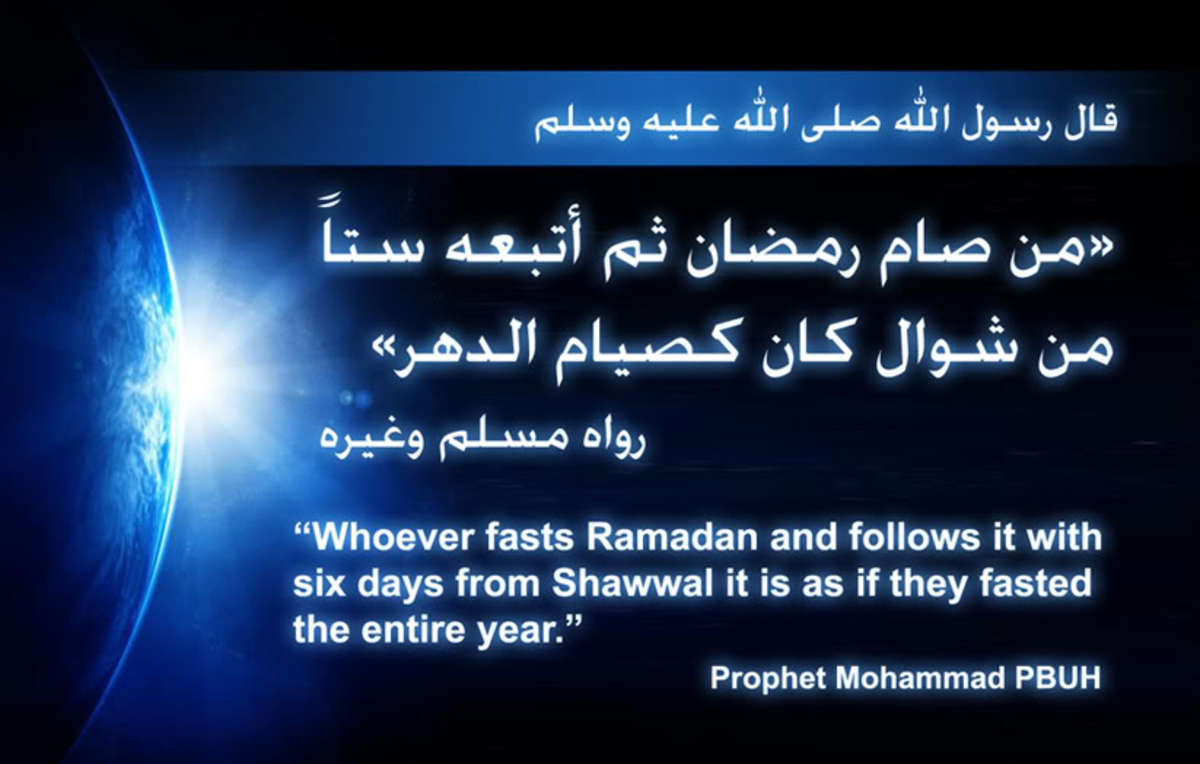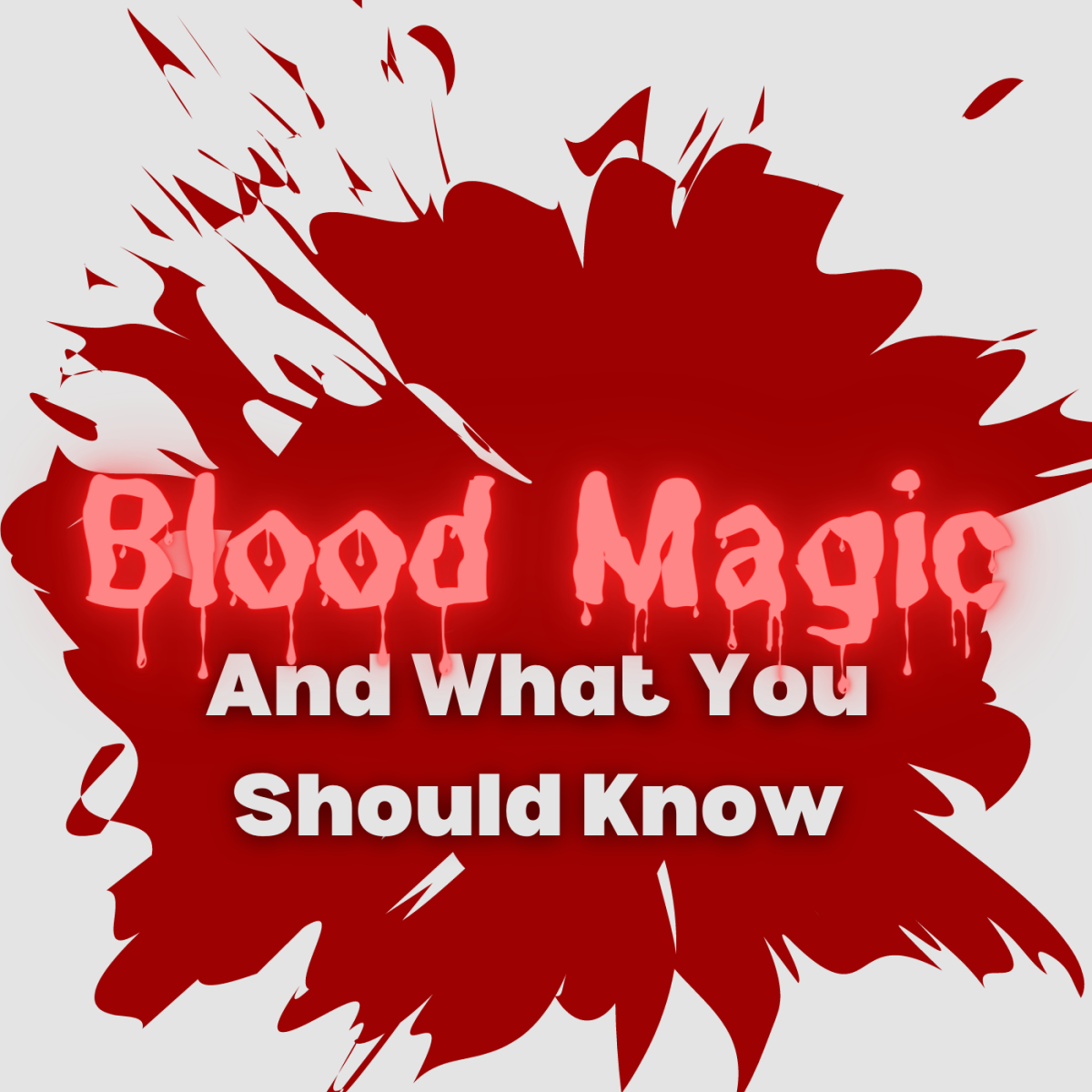Tishrei: The Month of (Jewish) Holidays and Heshvan: No Holidays

When Jews talk about "The Holidays", this is the time of year they mean
Tishrei, which usually coincides with September/October, is the month that has the largest number of Tora holidays. Tishrei includes Rosh Hashana (the Jewish New Year), Yom Kippur (The Day of Atonement), Sukkot and Shmini Atzeret/Simhat Tora.

High Holidays and Fun Holidays
Rosh Hashana/Yom Kippur -- The High Holidays
Rosh Hashana, which begins on the first day of Tishrei, is the Jewish New Year. But unlike the secular New Year, Rosh Hashana is a time of introspection. Rosh Hashana marks the beginning of the Aseret Y'mei Teshuva, the 10 Days of repentance (which ends with Yom Kippur, the 10th of Tishrei, The Day of Atonement).
This period of prayer, repentance and charity is traditionally the time G-d decides what will happen to people in the coming year. The Book of Life is open before G-d during this period, to be sealed at the close of Yom Kippur.
You can read more about the High Holidays at Rosh Hashana.

Sukkot and the Happy Holidays
Z'man Simhateinu -- The Time of our Joy
Sukkot begins on the 15th of Tishrei and continues for 7 days. On Sukkot, we build a Sukka, a temporary house, where we eat (and, in some cases, sleep) for 7 days. We also get the "Arba Minim" -- Four "Types" (of plants) -- Lulav (Palm Frond), Hadassim (Myrtle), Aravot (Willow) and Etrog (Citron -- like a large lemon). The Arba Minim are shaken together (after a blessing) all the days of Sukkot (except for Shabbat -- the Sabbath).
The first day of Sukkot (the first two days outside of Israel) are Yom Tov (literally "Good Day" but used colloquially to mean the holiday days when television, cars, etc. are not used) days. The rest of the days are "Hol HaMoed" -- "Weekday Holiday" -- kind of an oxymoron, but they are days that we sit in the Sukka (and "shake the lulav") but can go to work, drive, watch TV, etc.
The 7th Day of Sukkot is called Hoshana Rabba The day of great praising. On Hoshana Rabba, branches of willow are laced together and hit against a surface while saying a verse. This is reminiscent of the Temple service (Sukkot is the Harvest Holiday, one of the 3 Pilgrimage Holidays during which Jews congregated in Jerusalem in the time of the Temple).
Immediately upon the completion of Sukkot, Shmini Atzeret/Simhat Tora begins. In Israel, these two days are combined into one, but in the diaspora (outside of Israel), they are two separate days. Both are Yom Tov days. Shmini Atzeret is the additional 8th day that G-d asked us to stay in Jerusalem (the 7 days of Sukkot represented all the nations of the world, but Shmini Atzeret was a time for us to spend with G-d, Our Father, The King).
Simhat Tora, which is a separate holiday for the diaspora, is the day in which the Tora (the 5 books of Moses, the Pentateuch, which is read section by section on Shabbats throughout the year) ends and begins the cycle all over again. There is dancing and singing with the Tora (Simhat Tora means joy of the Tora). In some places, the streets outside synagogues are closed off and the congregants celebrate in the streets.


After the Holidays
Heshvan, the month after Tishrei, is given the title "Mar" or Mr.
After 4 weeks of holidays, Tishrei ends quietly, dovetailing into Heshvan, a month with no celebrations. It is said that Noah's flood began in Heshvan.
Heshvan is generally referred to as "Mar Heshvan" which means Mr. Heshvan. In order to make up for not having a holiday, we give Heshvan the title Mr.
Mar also means bitter in Hebrew. Heshvan is a bitter month because it has no holidays.








